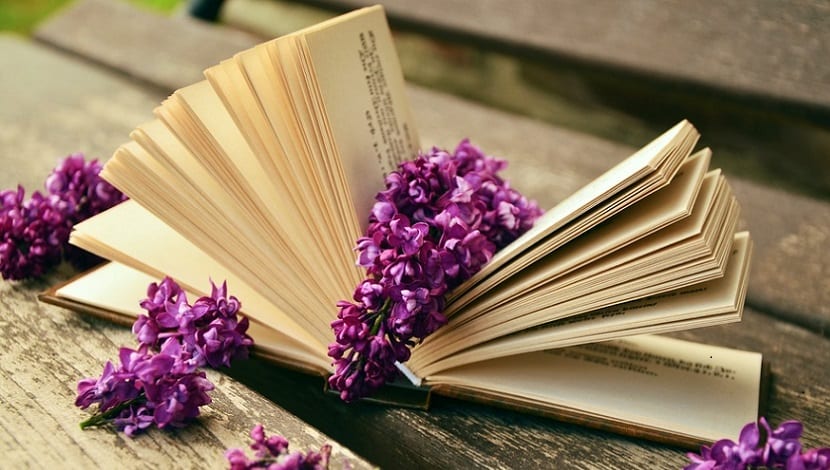
When we talk about reading we can do it by referring to three different types of it. The first would be one in which we have as a tool a book, a novel or a story, in which reading is done mainly as a leisure time looking for entertainment and fun. This reading is relaxed and calm because it is not about memorizing anything but having a good time. In the second type we also mention the verb read to refer to the reading we give to the press, the label of any advertisement, propaganda, a magazine, etc. In this reading we seek to find out about something in particular, point out the price of any product or simply read the characteristics of the latest iPhone model that is on the market, for example. And as a last option, and it is the one that we are going to focus on in this article, we refer to to reading as a study process or methodology.
When we refer to that reading that we make of a specific subject of study, it must be done by differentiating its Phases in order to thus achieve a greater learning of the subject at hand. This study methodology is one of the most used since always in schools, institutes and universities, since it is the most effective when it comes to acquiring knowledge and carry out meaningful learning by the student of concepts and data to be memorized. That is why we highlight each of these phases below and summarize very briefly what each of them consists of.
Phase 1: Pre-reading

In pre-reading, the first thing we will do is respond mentally to the questions that are coming out before reading the topic and just by turning the pages: What will it be about? How many dates must be studied? How many of these concepts will be the most relevant? etc. This phase of reading can be seen very well in the textbooks of elementary school students. They are the preliminary questions that the teacher asks their students just by reading the title of the topic to be discussed. What do you get out of this? Find out the previous knowledge that the student has about the subject of study that he is going to learn later and give a brief idea of what he is going to find in the subject that he begins.
This phase differs from the others in that its reading is fast, agile and has no stops neither to try to understand the text nor to write down anything on a sheet of paper or on the edge of what we read. We will simply read and we will pick up individual words to get a brief idea of what we will delve into next.
Phase 2: Critical reading of the text
Once the pre-reading or phase 1 is finished, what we will do is reread the text, but this time understanding what we are told and stopping every few paragraphs to understand the topic of study.
In this phase of reading we will be doing a structural analysis of it and significant learning. If necessary, and almost mandatory, we will use an underlining tool to point out the most important concepts. In this way, once this phase of the reading is finished, at a glance, we will be able to differentiate basic concepts from other more secondary ones, specific dates from others that are not so important and literal definitions of simple comments that the author of the topic or book refers to. to a specific point.
It is the most important phase of reading, because in it we are understanding what we read, paying attention to what we are told and putting all our concentration on that new learning that we are studying. Even so, although it is the most important, we must not ignore the other two or start with this one. Careful!

Phase 3: Post-Reading

Once a light reading and a much deeper and critical one have been made, what we will do next is analyze what was read. For this we will help each other notes, summaries, diagrams and other tools in order to capture the most important things we have read. In this way we will secure terms, we will rearrange ideas and we will have a script that will help us to study everything that we have read and extracted from the subject.
Help yourself in this phase of reading colored pencils, pens of different shades, etc., in order to differentiate the different types of data that we can find in a study topic: dates, important concepts, secondary concepts, explanations, etc.
It goes without saying that for a good study method each and every one of the phases seen so far is important to carry out and that we should not skip any of them at all, as we have said before. All, in order, favor study and learning. This type of learning by reading is usually learned from a young age, in school. If not, it is advisable to do so because it will not only serve you in that present teaching period, but in later periods: institute, university, possible competitive examinations, etc.
Very good information should be noted that the Pre-reading phase can be repeated as many times as necessary to adapt to the text, with more reading practice these processes are applied more quickly and it is even fun ...
The information he gives us was useless, the reading phases are not those, they are confused.
Well, it's a good thing but they still need to add something else like What? and because?
very good ... it is something very well summarized
excellent that concept really helps us to reflect and learn me and much more !!!!!!!!!!!!
I want the precise name of the reading phases I understand that there are 3 but I do not know what they are .. and their conceptssss… help me ……
it's complete 🙂 if it develops further, each phase would be more interesting